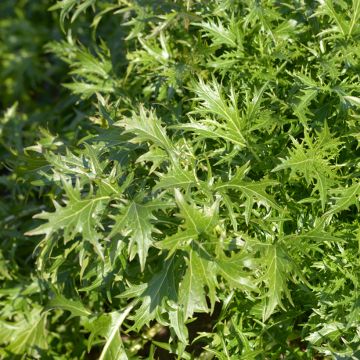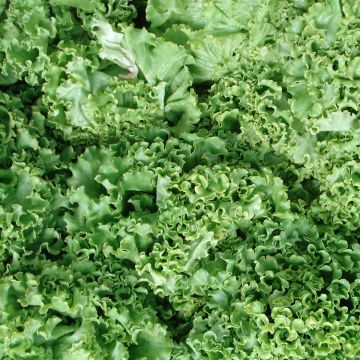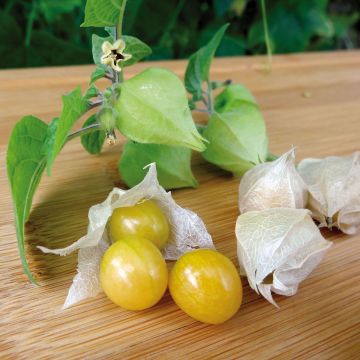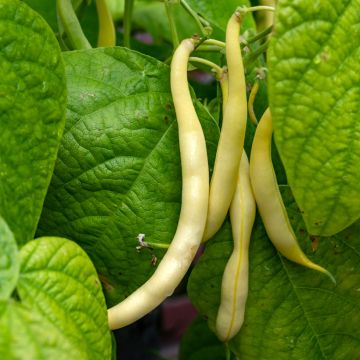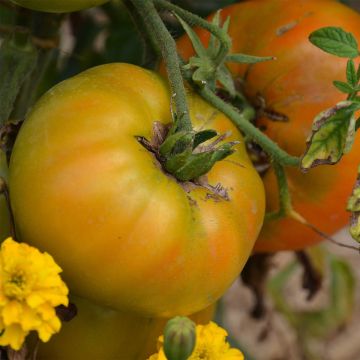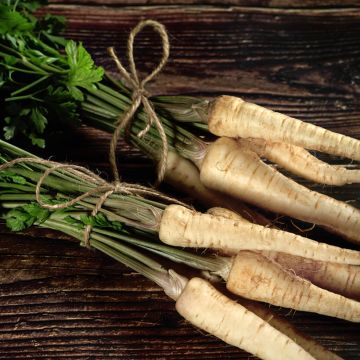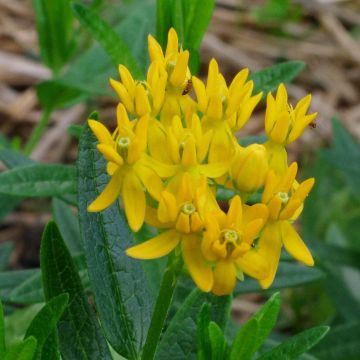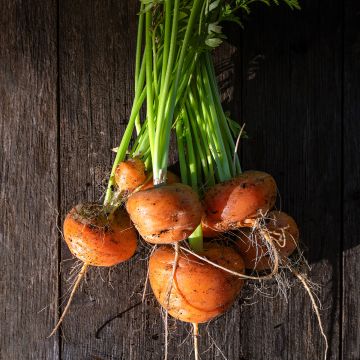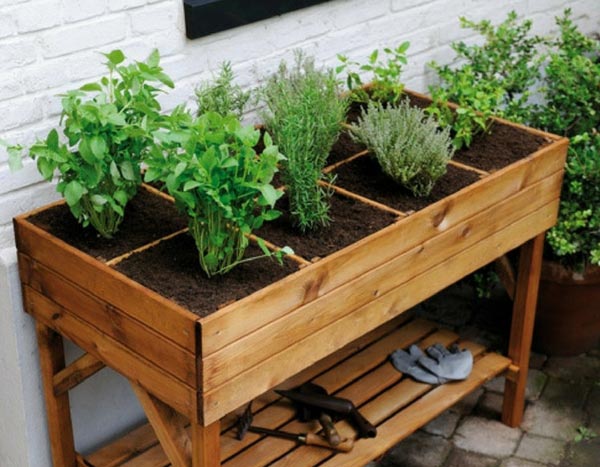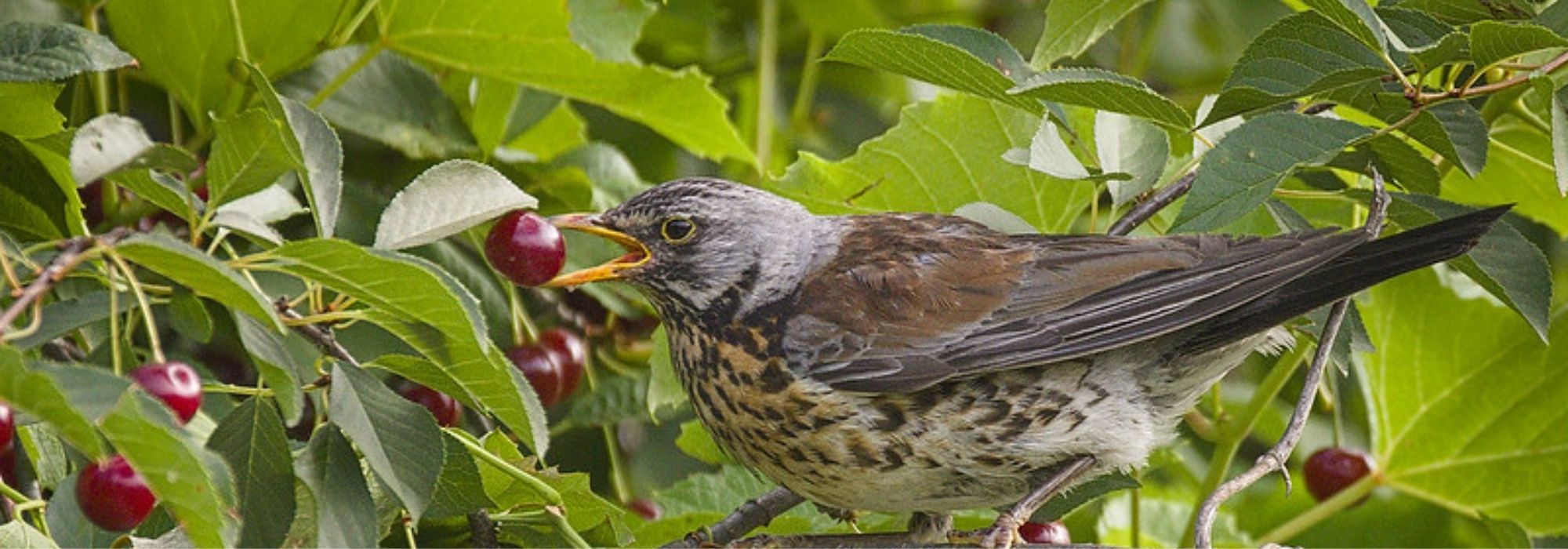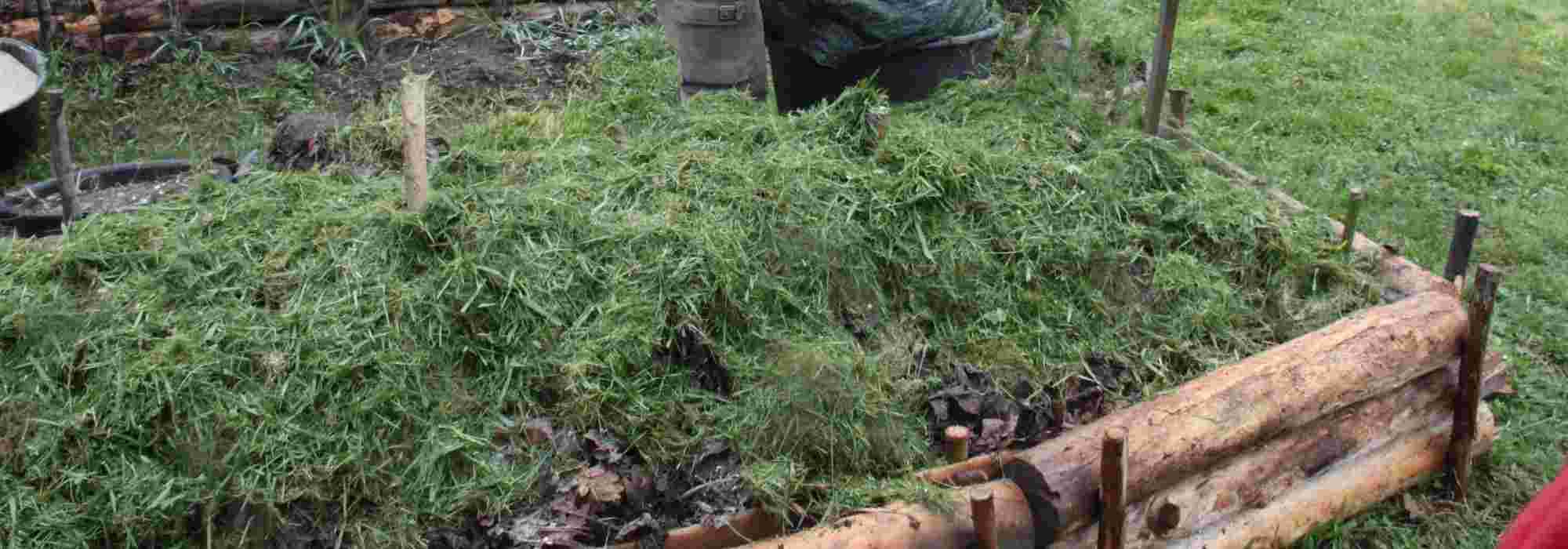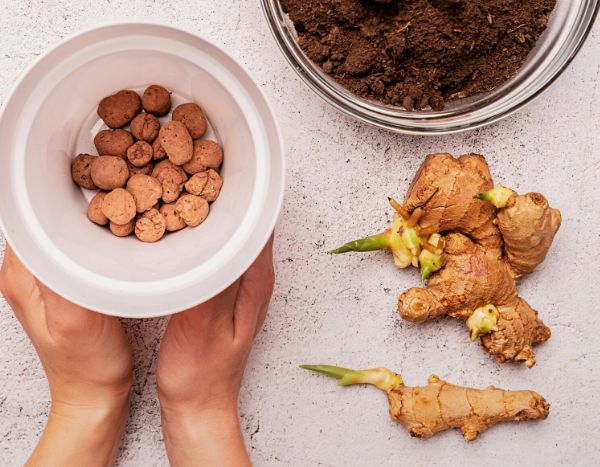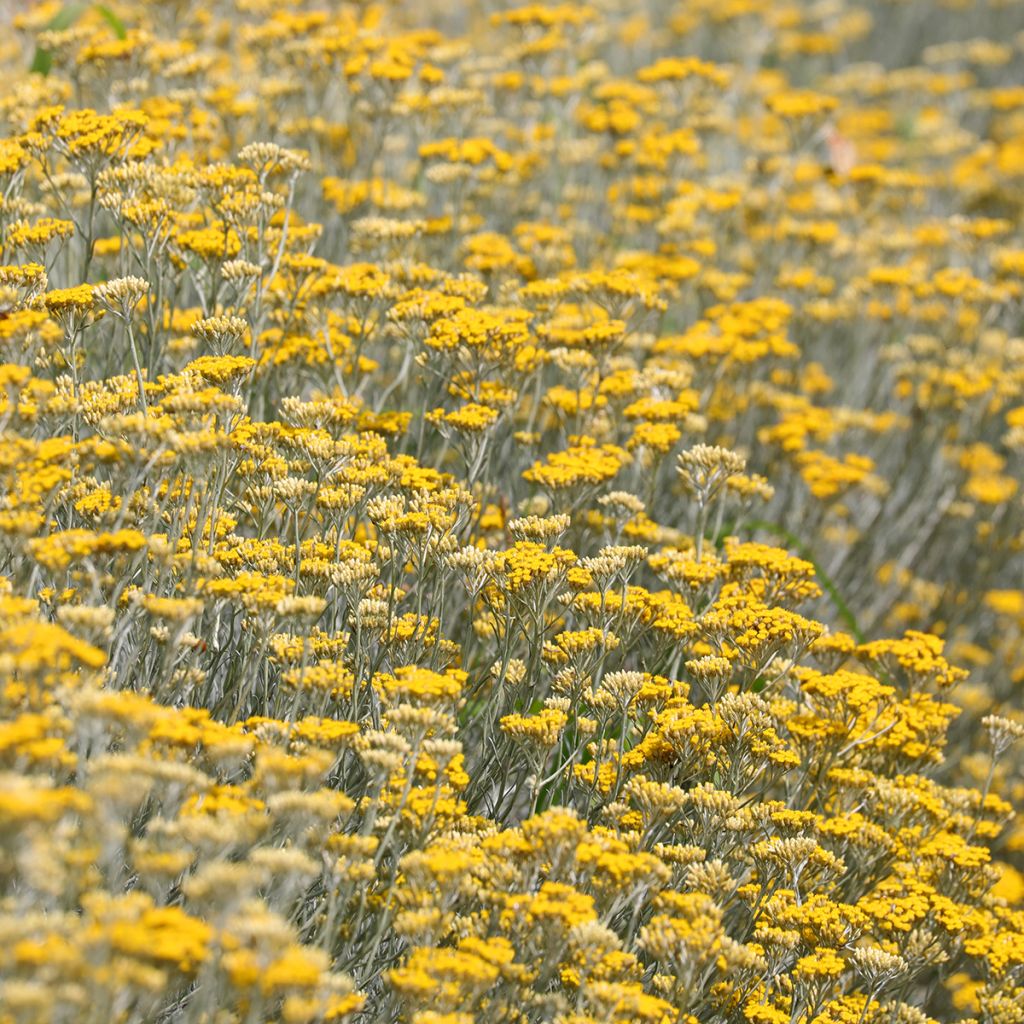

Helichrysum italicum Plug Bio
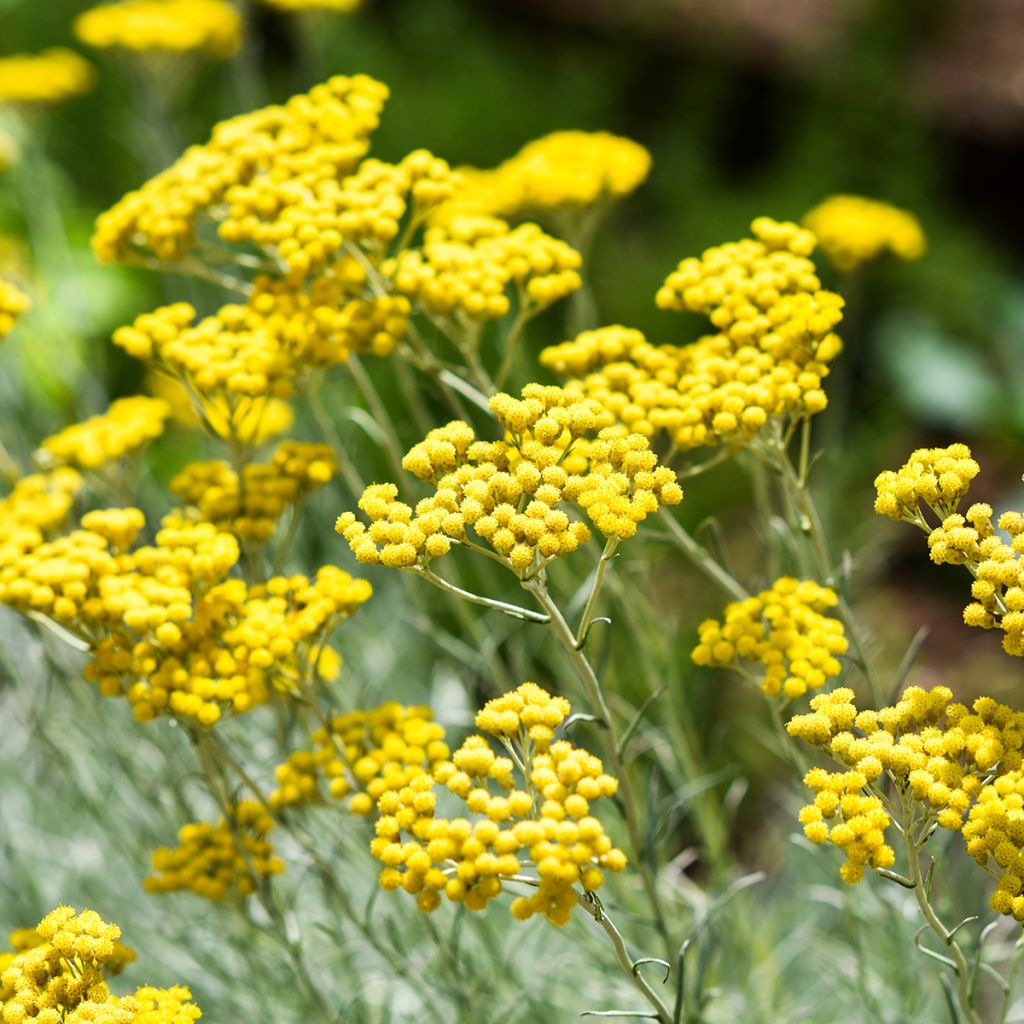

Helichrysum italicum Plug Bio
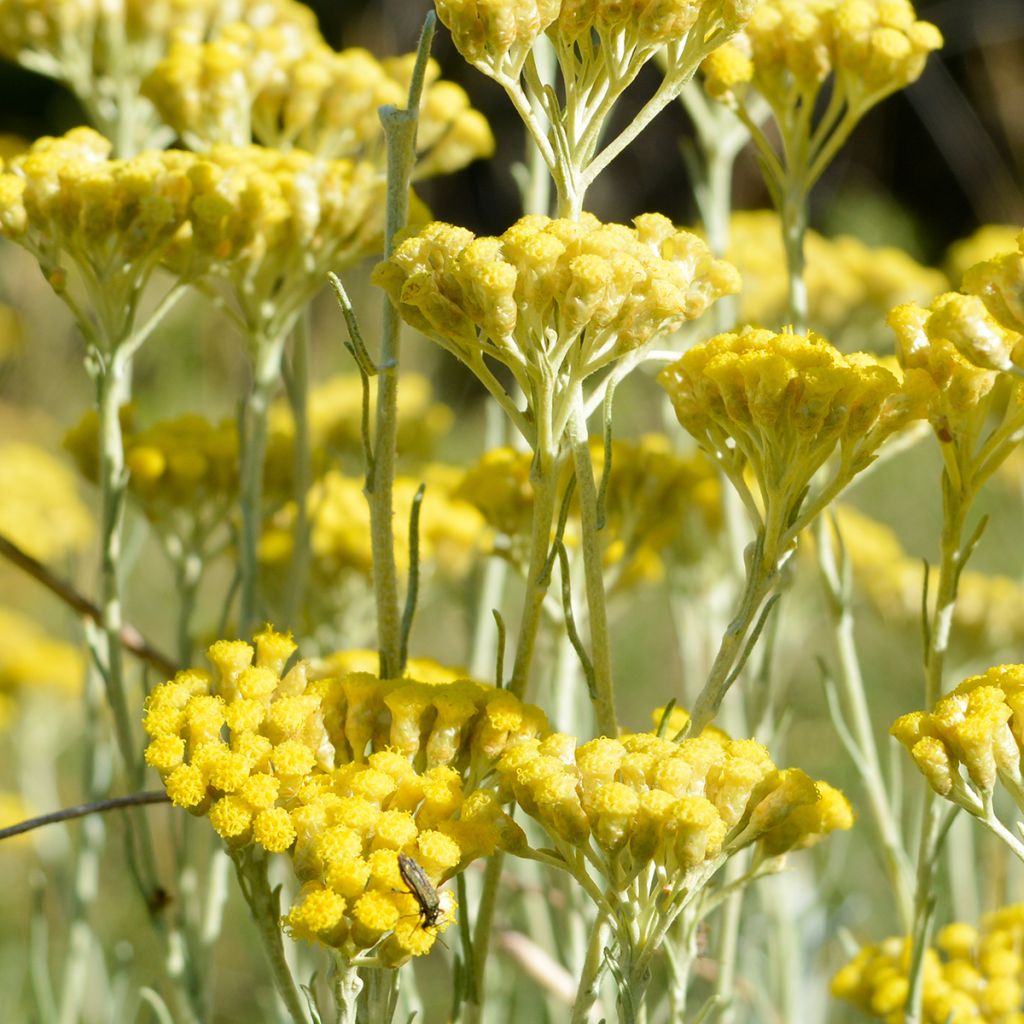

Helichrysum italicum Plug Bio
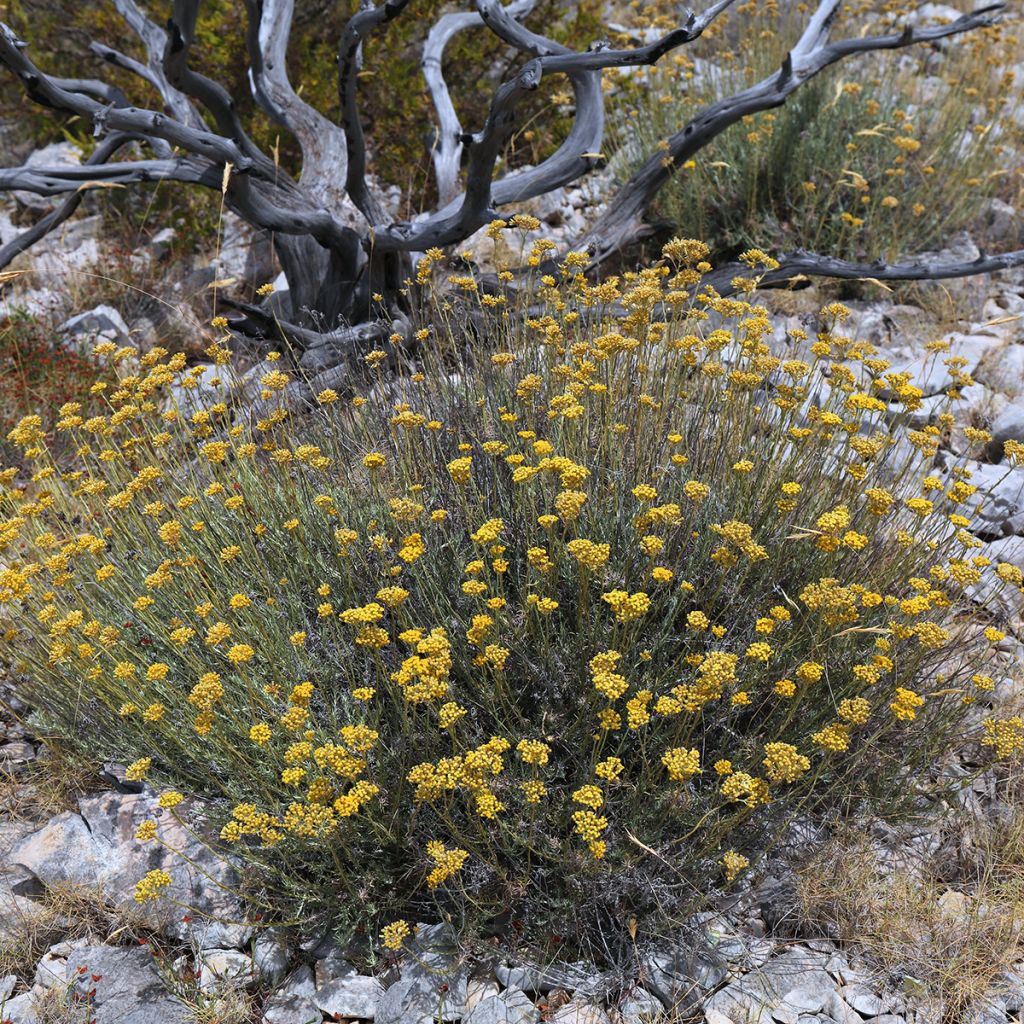

Helichrysum italicum Plug Bio
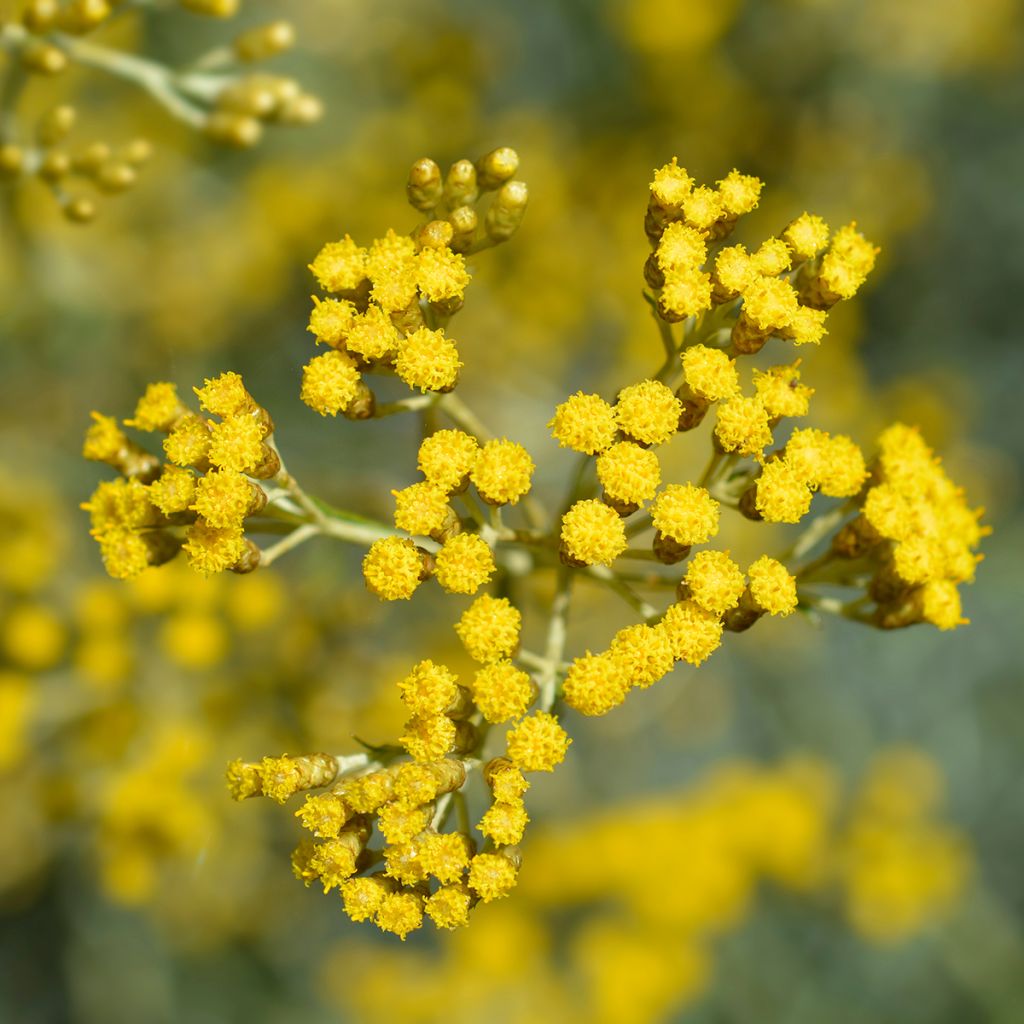

Helichrysum italicum Plug Bio
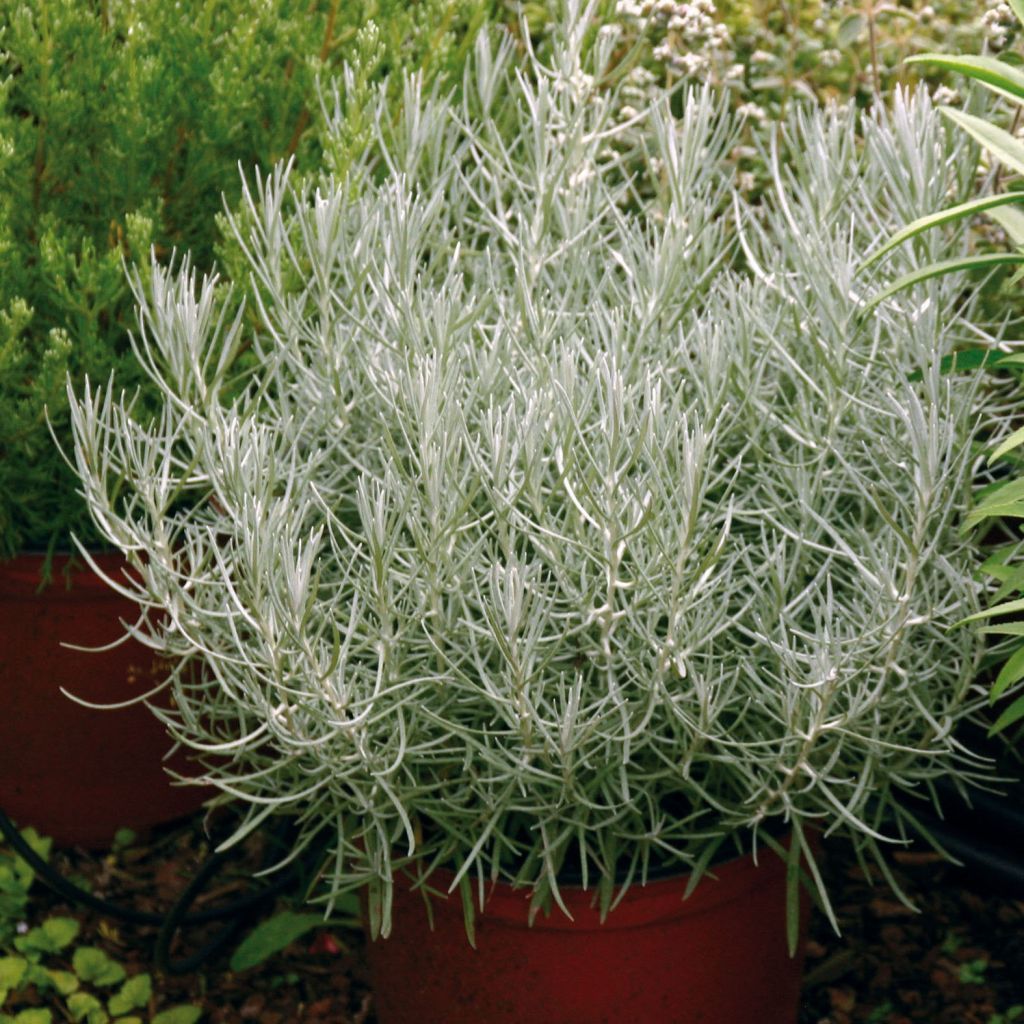

Helichrysum italicum Plug Bio
Helichrysum italicum Plug Bio
Helichrysum italicum
Curry Plant, Italian Strawflower
Beautiful feet already very fragrant
Marie-Hélène, 14/04/2023
Special offer!
Receive a €20 voucher for any order over €90 (excluding delivery costs, credit notes, and plastic-free options)!
1- Add your favorite plants to your cart.
2- Once you have reached €90, confirm your order (you can even choose the delivery date!).
3- As soon as your order is shipped, you will receive an email containing your voucher code, valid for 3 months (90 days).
Your voucher is unique and can only be used once, for any order with a minimum value of €20, excluding delivery costs.
Can be combined with other current offers, non-divisible and non-refundable.
Home or relay delivery (depending on size and destination)
Schedule delivery date,
and select date in basket
This plant carries a 6 months recovery warranty
More information
We guarantee the quality of our plants for a full growing cycle, and will replace at our expense any plant that fails to recover under normal climatic and planting conditions.
Description
Helichrysum or Curry Plant is a perennial subshrub, 30 to 40cm (12 to 16in) tall, commonly known as Italian Everlasting, Curry Herb or Helichrysum. The highly aromatic leaves emit a powerful curry fragrance. Its yellow flowers, arranged in heads, can be used to make magnificent dried bouquets. The plug plants of Helichrysum – curry plant are produced using organic methods. They can be planted in spring or autumn.
Native to the Mediterranean basin, Helichrysum italicum is a perennial subshrub with dense tufts. Its silver-grey leaves are evergreen and highly aromatic, releasing a strong curry scent. However, Curry Herb is not used in the composition of curry used in cooking, which is a blend of different spices.
Italian Everlasting produces small yellow flowers arranged in heads throughout the summer. They can be used to create beautiful dried bouquets with a bright yellow colour. Helichrysum italicum blends perfectly in rock gardens and perennial beds. Hardy down to -15°C, it thrives in all types of soils, including poor and rocky soils. It is sensitive to excessively moist soils. Fresh leaves can be used in cooking to flavour fish, grilled meats, rice, poultry, or marinades. Add them towards the end of cooking as their flavour in cooking is much less pronounced than the scent they release in the garden. The leaves are used for flavouring but are rather indigestible and it is best not to consume them.
Harvesting: Pick the flowers at the beginning of flowering to dry them. The evergreen leaves can be harvested throughout the year, as needed. Storage: For bouquets, dry the flower stems upside down in a dark room. They will keep for a long time. As for the leaves, they are used fresh. Gardener's tip: If aphids or caterpillars invade the curry plant, use nettle liquid manure or black soap.
Helichrysum italicum Plug Bio in pictures




Harvest
Plant habit
Foliage
Other Vegetable garden A to Z
View all →Planting and care
Curry Herb thrives in all types of soil, including poor and rocky soils. It is indeed sensitive to overly wet soils. Choose a sunny exposure. Planting plug plants can be done in April or September, either in the ground or in pots.
In the ground: Initially, allow the plug plants to grow by transplanting them into trays or buckets filled with compost. Place them in a warm and bright location. Water regularly.
When planting in the ground, space the plants 40cm (16in) apart in all directions. Dig a hole, place the plug plant and cover with soil. Firmly press down and water.
In a pot: Place a layer of gravel or clay pellets at the bottom of the pot to facilitate drainage. Fill the pot with a mixture of compost, garden soil, and sand. Very delicately place the plug plant, cover with soil and firmly press down. Water.
During cultivation, water very sparingly, only in case of drought.
Remove faded flowers. If necessary, lightly prune in early spring to maintain a compact habit.
Cultivation
Care
Intended location
Planting & care advice
-
, onOrder confirmed
Reply from on Promesse de fleurs
Haven't found what you were looking for?
Hardiness is the lowest winter temperature a plant can endure without suffering serious damage or even dying. However, hardiness is affected by location (a sheltered area, such as a patio), protection (winter cover) and soil type (hardiness is improved by well-drained soil).

Photo Sharing Terms & Conditions
In order to encourage gardeners to interact and share their experiences, Promesse de fleurs offers various media enabling content to be uploaded onto its Site - in particular via the ‘Photo sharing’ module.
The User agrees to refrain from:
- Posting any content that is illegal, prejudicial, insulting, racist, inciteful to hatred, revisionist, contrary to public decency, that infringes on privacy or on the privacy rights of third parties, in particular the publicity rights of persons and goods, intellectual property rights, or the right to privacy.
- Submitting content on behalf of a third party;
- Impersonate the identity of a third party and/or publish any personal information about a third party;
In general, the User undertakes to refrain from any unethical behaviour.
All Content (in particular text, comments, files, images, photos, videos, creative works, etc.), which may be subject to property or intellectual property rights, image or other private rights, shall remain the property of the User, subject to the limited rights granted by the terms of the licence granted by Promesse de fleurs as stated below. Users are at liberty to publish or not to publish such Content on the Site, notably via the ‘Photo Sharing’ facility, and accept that this Content shall be made public and freely accessible, notably on the Internet.
Users further acknowledge, undertake to have ,and guarantee that they hold all necessary rights and permissions to publish such material on the Site, in particular with regard to the legislation in force pertaining to any privacy, property, intellectual property, image, or contractual rights, or rights of any other nature. By publishing such Content on the Site, Users acknowledge accepting full liability as publishers of the Content within the meaning of the law, and grant Promesse de fleurs, free of charge, an inclusive, worldwide licence for the said Content for the entire duration of its publication, including all reproduction, representation, up/downloading, displaying, performing, transmission, and storage rights.
Users also grant permission for their name to be linked to the Content and accept that this link may not always be made available.
By engaging in posting material, Users consent to their Content becoming automatically accessible on the Internet, in particular on other sites and/or blogs and/or web pages of the Promesse de fleurs site, including in particular social pages and the Promesse de fleurs catalogue.
Users may secure the removal of entrusted content free of charge by issuing a simple request via our contact form.
The flowering period indicated on our website applies to countries and regions located in USDA zone 8 (France, the United Kingdom, Ireland, the Netherlands, etc.)
It will vary according to where you live:
- In zones 9 to 10 (Italy, Spain, Greece, etc.), flowering will occur about 2 to 4 weeks earlier.
- In zones 6 to 7 (Germany, Poland, Slovenia, and lower mountainous regions), flowering will be delayed by 2 to 3 weeks.
- In zone 5 (Central Europe, Scandinavia), blooming will be delayed by 3 to 5 weeks.
In temperate climates, pruning of spring-flowering shrubs (forsythia, spireas, etc.) should be done just after flowering.
Pruning of summer-flowering shrubs (Indian Lilac, Perovskia, etc.) can be done in winter or spring.
In cold regions as well as with frost-sensitive plants, avoid pruning too early when severe frosts may still occur.
The planting period indicated on our website applies to countries and regions located in USDA zone 8 (France, United Kingdom, Ireland, Netherlands).
It will vary according to where you live:
- In Mediterranean zones (Marseille, Madrid, Milan, etc.), autumn and winter are the best planting periods.
- In continental zones (Strasbourg, Munich, Vienna, etc.), delay planting by 2 to 3 weeks in spring and bring it forward by 2 to 4 weeks in autumn.
- In mountainous regions (the Alps, Pyrenees, Carpathians, etc.), it is best to plant in late spring (May-June) or late summer (August-September).
The harvesting period indicated on our website applies to countries and regions in USDA zone 8 (France, England, Ireland, the Netherlands).
In colder areas (Scandinavia, Poland, Austria...) fruit and vegetable harvests are likely to be delayed by 3-4 weeks.
In warmer areas (Italy, Spain, Greece, etc.), harvesting will probably take place earlier, depending on weather conditions.
The sowing periods indicated on our website apply to countries and regions within USDA Zone 8 (France, UK, Ireland, Netherlands).
In colder areas (Scandinavia, Poland, Austria...), delay any outdoor sowing by 3-4 weeks, or sow under glass.
In warmer climes (Italy, Spain, Greece, etc.), bring outdoor sowing forward by a few weeks.































